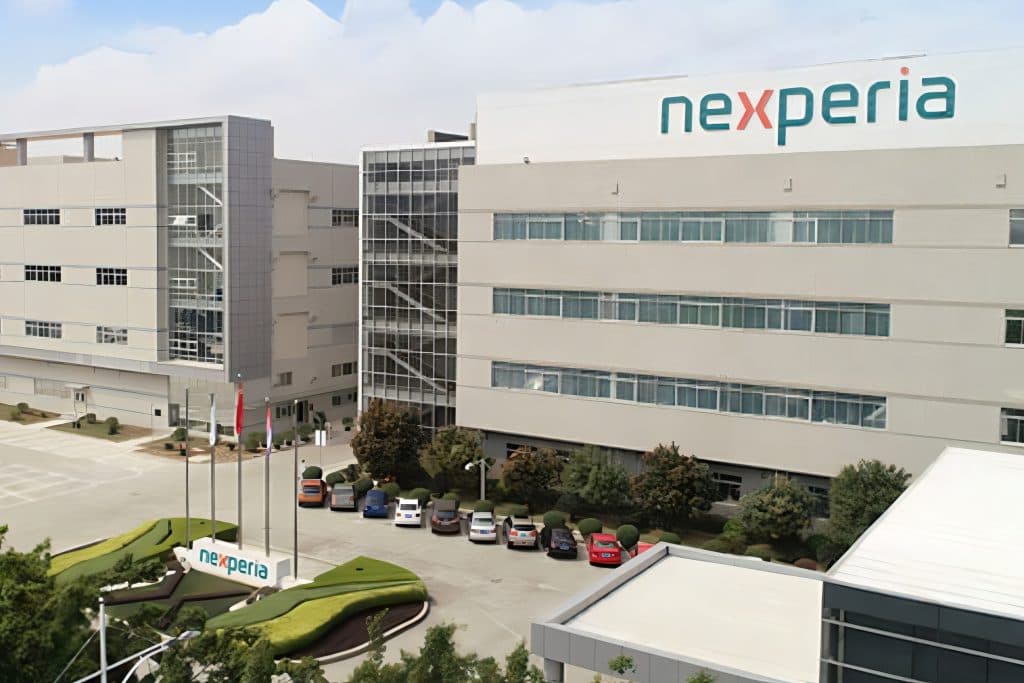Liberia Builds Fiscal Strength, Eyes Inclusive Economic Expansion
Liberia is showing signs of fiscal maturity as stronger revenue collection and institutional reforms put the government on a path to fund public services with fewer borrowing pressures. If current policies hold, the economy is projected to grow faster in the medium term, but sustaining revenue gains and managing commodity related volatility remain key risks for households and markets.

Liberia’s fiscal and economic trajectory is shifting toward greater self reliance and inclusive growth as the government consolidates revenue gains and deepens institutional reforms. Official projections indicate that average real gross domestic product growth will reach 5.6 percent between 2027 and 2029, driven by rising domestic investment, improved governance, and deeper integration with regional markets. At the same time the fiscal to GDP ratio is expected to surpass 20 percent, a threshold that would give policymakers more space to finance essential services without relying excessively on new borrowing.
The Fiscal Year 2026 budget has become a focal point for this reshaping. Revenues for that year benefited from extraordinary inflows such as the ArcelorMittal bonus, and authorities used the margin to expand priority spending rather than to finance unsustainable commitments. More importantly the growth in routine revenue collection from income taxes, the Goods and Services Tax and customs duties signals improved tax compliance and administrative efficiency. Those trends point to institutional gains that can be made durable through better technology and broader tax base policies.
Market implications are significant. Higher predictable revenues and a larger fiscal envelope can reduce sovereign financing needs, lower interest rate pressure on domestic credit markets and improve investor sentiment. Greater domestic investment, if sustained, will support job creation and the productive capacity needed for long term growth. Regional trade integration can amplify these gains by opening export markets and attracting private capital to sectors beyond extractives.
However fiscal resilience is not assured. The boost from one time or commodity linked payments like the 2026 payment from ArcelorMittal underlines the need to broaden the tax base. Authorities must formalize parts of the informal economy, deploy digital tax administration to improve compliance and widen the taxpayer register. Without such measures, revenue volatility could reemerge, forcing either deeper cuts to services or renewed recourse to borrowing that would undermine debt sustainability.
Other risks include external shocks that can depress commodity prices or capital inflows, and capacity constraints in public investment management that could blunt the productivity payoff of higher spending. Fiscal policy will therefore need to lock in gains by building buffers during good years, prioritizing high return capital spending and strengthening transparency and oversight to preserve market confidence.
Liberia’s outlook is cautiously optimistic. If current fiscal discipline and reform momentum persist, policymakers have a window to institutionalize revenue gains, expand public services and attract investment that supports medium term growth averaging above five percent. The challenge now is translating provisional improvements into a stable fiscal foundation that shields the economy from shocks while delivering tangible gains for citizens.

